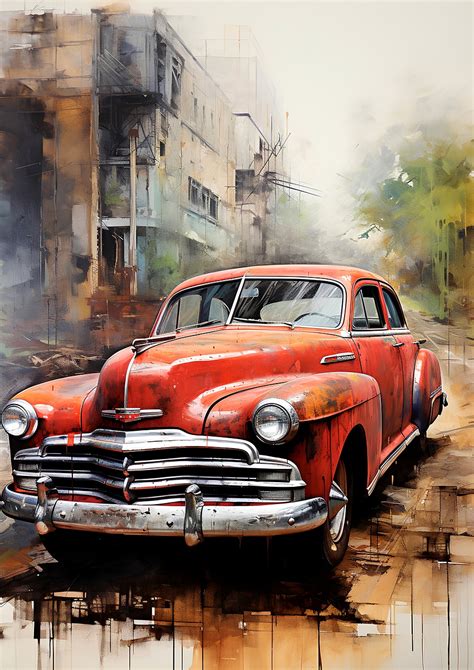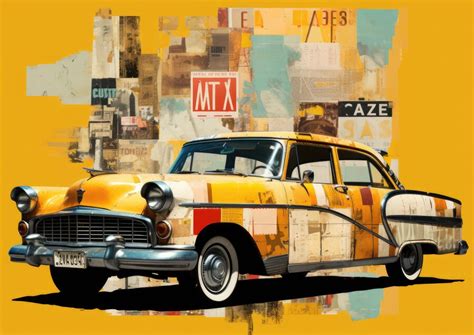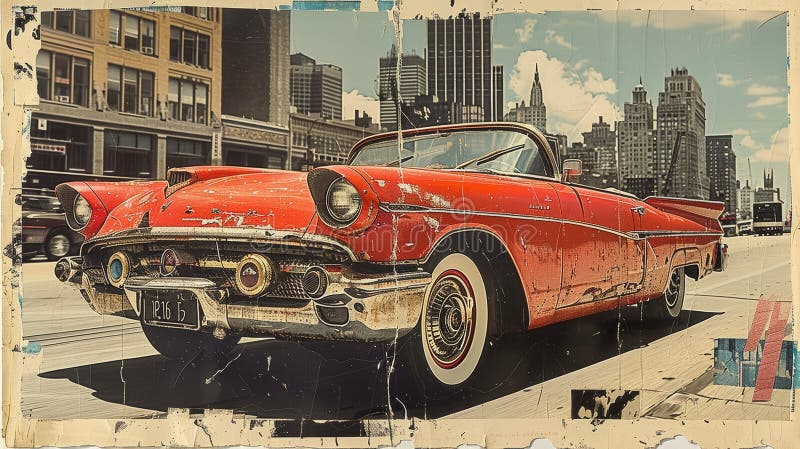Urban vintage is a fascinating blend of old and new, where historic architecture and cultural heritage are preserved and integrated into modern cityscapes. This journey through time showcases how urban spaces honor their past while adapting to the demands of contemporary life. From the revival of vintage aesthetics in urban design to the cultural and economic impacts on communities, urban vintage creates a unique atmosphere that draws tourists and locals alike. However, it also presents challenges, such as balancing preservation with development and navigating social dynamics. This article explores the historical significance, cultural revival, and ongoing influence of urban vintage on modern cities.
Dive deep into this topic alongside ritarblog.com
1. Historical Significance and Preservation:
Urban vintage shines a light on the historical importance of buildings, neighborhoods, and landmarks that have molded a city’s identity. In numerous modern cities, these vintage elements are meticulously preserved as reminders of the past, providing a window into the architectural styles, traditions, and lifestyles of bygone eras. Preservation efforts are frequently driven by the yearning to maintain the unique character and charm of these areas, safeguarding them from the relentless pace of modernization and the threat of demolition.
Cities frequently invest in revitalization projects that breathe new life into aging structures, transforming them into museums, galleries, or unique boutiques. This practice not only safeguards historical heritage but also enhances the visual appeal of urban areas. Moreover, historical preservation serves as an educational tool, enabling future generations to comprehend the city’s cultural evolution.
The preservation of urban vintage architecture, while valuable, presents its own set of challenges. Striking a balance between maintaining authenticity and adapting buildings to contemporary safety and functionality standards can be a delicate endeavor. Nevertheless, the preservation of historical sites is crucial in bridging the gap between past and present, ensuring that these spaces retain their relevance and appreciation in a rapidly evolving urban environment.

2. Influence on Modern Urban Design:
Modern urban design has been profoundly influenced by urban vintage. The integration of historic elements into contemporary architecture results in a distinctive fusion of old and new. Drawing inspiration from vintage aesthetics, designers and architects often incorporate elements such as brick facades, ornate ironwork, and classic architectural details into new constructions. This blending of styles preserves the charm and character of historic neighborhoods while simultaneously meeting the functional demands of modern living.
Integrating vintage inspirations into urban design not only honors a city’s rich history but also enriches the urban landscape with depth and variety. Modern developments embracing vintage-inspired design elements are apparent in residential areas, commercial spaces, and even public infrastructure, where cutting-edge technologies blend seamlessly with traditional craftsmanship. This design approach also fosters sustainability by repurposing old structures and materials, minimizing the need for new construction and mitigating urban sprawl.
Furthermore, urban vintage manifests itself in the development of lively urban areas. Retro-themed cafes, boutiques, and public parks, all drawing inspiration from past eras, exemplify this trend. These design decisions appeal to communities seeking authenticity and a connection to their city’s history, while also attracting tourists and businesses. In conclusion, urban vintage enhances the character of modern cities, harmonizing nostalgia with innovation to produce visually captivating and practical spaces.

3. Cultural Impact and Revival:
Urban vintage exerts a profound cultural impact, revitalizing traditions and practices that form the very essence of a city’s identity. The vintage elements woven into urban design often reflect the local history, arts, and crafts that have shaped communities throughout their evolution. This revival not only pays homage to the past but also inspires contemporary artists, musicians, and creators to infuse these influences into their work. The result is a vibrant cultural tapestry that celebrates both heritage and innovation.
The embrace of urban vintage often sparks a renewed appreciation for local craftsmanship, traditional festivals, and cultural events that celebrate historical significance. Neighborhoods with a thriving vintage scene become cultural hubs, attracting both locals and tourists with art markets, vintage fairs, and pop-up events. This vibrant environment fosters collaboration among artists, artisans, and businesses, cultivating a strong sense of community and belonging.
Furthermore, the resurgence of urban vintage promotes inclusivity, inviting a broad spectrum of voices and perspectives to share their narratives and experiences. With cities constantly transforming, the cultural influence of urban vintage remains paramount, ensuring the commemoration of the past while fostering a dynamic future for all inhabitants.

4. Economic Benefits and Tourism:
Urban vintage plays a vital role in bolstering economic benefits and tourism in contemporary cities. By preserving and reinvigorating historical neighborhoods, cities craft alluring destinations that captivate visitors seeking to delve into their unique charm and character. Tourists are frequently drawn to areas boasting vintage architecture, boutique shops, and artisan markets, as these offer authentic experiences that mirror local culture and history.
Tourism’s surge invigorates local economies by bolstering small businesses, restaurants, and cafes, many of which flourish in charming, historic settings. These establishments often experience a boost in foot traffic, resulting in higher sales and the creation of new jobs within the community. Furthermore, the preservation of historic sites frequently attracts investment, as developers recognize the potential for profitability in well-maintained areas.
Furthermore, urban vintage can boost property values. Homes and businesses situated in historic districts often fetch higher prices. This economic benefit motivates more cities to implement preservation policies. These policies help maintain the vibrancy and long-term economic sustainability of these areas.
In the end, the combination of urban vintage and tourism benefits local economies and cultivates a sense of pride among residents. They see their city’s rich history being celebrated and cherished by locals and visitors, alike.
5. Challenges and Controversies:
While urban vintage offers numerous benefits, its preservation and integration into modern urban landscapes often face challenges and controversies. One major hurdle is the tension between development and preservation. Property owners and developers may prioritize new construction, leading them to demolish or alter historic buildings. This can spark resistance from residents and preservationists who recognize the cultural significance of these structures and fight to retain their heritage.
A further point of contention arises from gentrification. This process, where historic neighborhoods are revitalized, can inadvertently lead to increased property values and rents, displacing long-term residents and altering the community’s demographics. Critics argue that urban renewal initiatives occasionally prioritize aesthetic appeal over social equity, ultimately marginalizing low-income families.
Furthermore, harmonizing the restoration of historic buildings with contemporary safety and accessibility requirements presents a multifaceted and expensive undertaking. Striking a balance between accommodating a rising population and safeguarding the historical integrity of these structures poses persistent challenges for urban planners, policymakers, and communities endeavoring to foster inclusive and dynamic urban spaces.
6. Community and Social Dynamics:
Urban vintage is essential to the fabric of cities, shaping community and social dynamics. Preserving historical neighborhoods fosters a strong sense of identity and belonging among residents, who find connection in the rich narratives of their local history. This sense of place encourages active community engagement and participation in local events, ultimately promoting social cohesion.
Furthermore, these vintage locales act as meeting points, bringing together people from all walks of life. This interaction encourages inclusivity and cross-cultural dialogue. The fusion of old and new draws a varied community, encompassing both longstanding residents and recent arrivals, each adding their own unique thread to the rich fabric of city life.
Revitalization initiatives, while beneficial, can also introduce complexities. Shifts in community demographics and power structures are potential outcomes, highlighting the importance of resident engagement. Only by actively involving residents in the preservation process can we guarantee their voices are heard and that the advantages of urban vintage are distributed fairly. In the end, urban vintage strengthens the social fabric of cities, enriching community life and fostering connections among residents.
Urban vintage encapsulates the essence of a city’s history while shaping its future. By preserving historical elements, cities create vibrant spaces that celebrate culture, foster community, and boost economic growth. As urban areas continue to evolve, the challenge lies in balancing preservation with modernization, ensuring that the rich narratives of the past remain integral to the urban experience.
ritarblog.com

